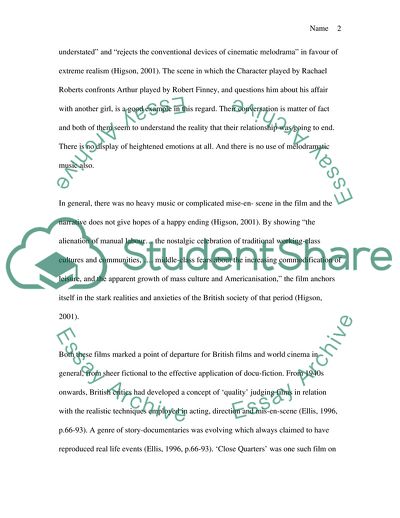Cite this document
(Fires Were Started and Saturday Night and Sunday Morning Movie Review, n.d.)
Fires Were Started and Saturday Night and Sunday Morning Movie Review. Retrieved from https://studentshare.org/visual-arts-film-studies/1732073-with-refercence-to-8220fires-were-started-aka-i-was-a-fireman-andor-saturday-night-and-sunday-morning-discuss-the-influence-of-the-8216documentary-8211-realist8217-tradition-upon-feature-filmmaking
Fires Were Started and Saturday Night and Sunday Morning Movie Review. Retrieved from https://studentshare.org/visual-arts-film-studies/1732073-with-refercence-to-8220fires-were-started-aka-i-was-a-fireman-andor-saturday-night-and-sunday-morning-discuss-the-influence-of-the-8216documentary-8211-realist8217-tradition-upon-feature-filmmaking
(Fires Were Started and Saturday Night and Sunday Morning Movie Review)
Fires Were Started and Saturday Night and Sunday Morning Movie Review. https://studentshare.org/visual-arts-film-studies/1732073-with-refercence-to-8220fires-were-started-aka-i-was-a-fireman-andor-saturday-night-and-sunday-morning-discuss-the-influence-of-the-8216documentary-8211-realist8217-tradition-upon-feature-filmmaking.
Fires Were Started and Saturday Night and Sunday Morning Movie Review. https://studentshare.org/visual-arts-film-studies/1732073-with-refercence-to-8220fires-were-started-aka-i-was-a-fireman-andor-saturday-night-and-sunday-morning-discuss-the-influence-of-the-8216documentary-8211-realist8217-tradition-upon-feature-filmmaking.
“Fires Were Started and Saturday Night and Sunday Morning Movie Review”. https://studentshare.org/visual-arts-film-studies/1732073-with-refercence-to-8220fires-were-started-aka-i-was-a-fireman-andor-saturday-night-and-sunday-morning-discuss-the-influence-of-the-8216documentary-8211-realist8217-tradition-upon-feature-filmmaking.


